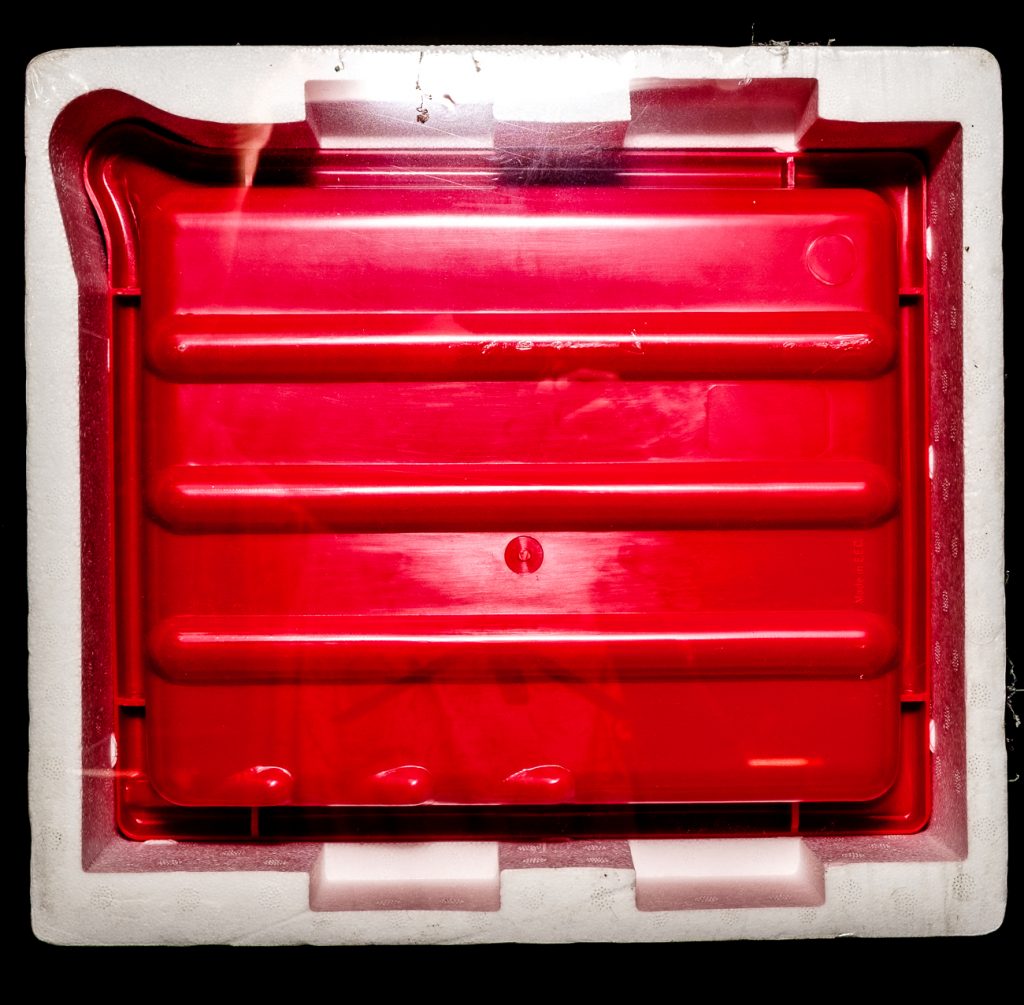Or, The Good Old Days.
Of course no-one ever shoots film in old cameras and of course they never develop their own negatives and then scan them. This would be absurd, now that we have 100+ megapixel digital cameras all over the place. And wait until you see the 1000+ megapixels cameras that my brother-in-law said he heard about...somewhere. You can't stop the train of progress, even if you tie someone across the tracks. Like a brother-in-law...
Well, absurd as it may sound, Camera Electronic does a good business in film, paper, chemistry, and accessories that service the analog photography market. And the customers who purchase the supplies are not decrepit crocks like the writer of these posts. Students, enthusiasts, artists, experimenters, and others ( including crocks ) are all keeping the analog supply chain clanking along nicely. And occasionally there is a new shooter who needs some new gear to get started.
They might as well buy it fresh from us as wait for the dregs to show up at photo markets. Sometimes those dregs are worn-out, cracked and broken, or just plain contaminated beyond recovery - and they are never as cheap as imagination might paint.
CE has had AP kits for years - they have now become the standard of the industry by default. On one side of the poly box you'll find an adjustable developing tank that will accommodate 120 and 35mm film, reels, graduated measuring cylinders. a powder and liquid mixing paddle, thermometer, film drying clips, and print tongs. On the other side there are developing trays.

Add some powdered or liquid developer, stop, and fixer, and you're set to start your first films. You'll need a dark room or closet - or a dark bag - to load the reels, but after that you are on your way to historic processing. WA has a pretty good, clean, water supply in the metro area so you probably won't have to fight particulate contamination in the mixing and washing.
Once you've got developed and dried negs, you need to print or scan. We can help with these choices, too, but start off getting yourself through the first stages.

Second product: For those of us who spent hours of our lives hunched over a fluorescent or incandescent light box - selecting negatives and slides with a loupe and a watering eye...we can now progress to a modern light panel that is a lot kinder on the optics. The Huion light panel is A3 size but very light and thin - not like the enormous metal boxes we used to need for the fluorescent tubes. It's edge-lit and runs cool, even if it is on all day. I suspect it would be perfect for X-ray viewing if you did not have this facility on a surgery computer screen.
Also good for tracing and artwork. Runs on a low-voltage transformer and is available at the Murray Street shop.
 Add some powdered or liquid developer, stop, and fixer, and you're set to start your first films. You'll need a dark room or closet - or a dark bag - to load the reels, but after that you are on your way to historic processing. WA has a pretty good, clean, water supply in the metro area so you probably won't have to fight particulate contamination in the mixing and washing.
Once you've got developed and dried negs, you need to print or scan. We can help with these choices, too, but start off getting yourself through the first stages.
Add some powdered or liquid developer, stop, and fixer, and you're set to start your first films. You'll need a dark room or closet - or a dark bag - to load the reels, but after that you are on your way to historic processing. WA has a pretty good, clean, water supply in the metro area so you probably won't have to fight particulate contamination in the mixing and washing.
Once you've got developed and dried negs, you need to print or scan. We can help with these choices, too, but start off getting yourself through the first stages.
 Second product: For those of us who spent hours of our lives hunched over a fluorescent or incandescent light box - selecting negatives and slides with a loupe and a watering eye...we can now progress to a modern light panel that is a lot kinder on the optics. The Huion light panel is A3 size but very light and thin - not like the enormous metal boxes we used to need for the fluorescent tubes. It's edge-lit and runs cool, even if it is on all day. I suspect it would be perfect for X-ray viewing if you did not have this facility on a surgery computer screen.
Also good for tracing and artwork. Runs on a low-voltage transformer and is available at the Murray Street shop.
Second product: For those of us who spent hours of our lives hunched over a fluorescent or incandescent light box - selecting negatives and slides with a loupe and a watering eye...we can now progress to a modern light panel that is a lot kinder on the optics. The Huion light panel is A3 size but very light and thin - not like the enormous metal boxes we used to need for the fluorescent tubes. It's edge-lit and runs cool, even if it is on all day. I suspect it would be perfect for X-ray viewing if you did not have this facility on a surgery computer screen.
Also good for tracing and artwork. Runs on a low-voltage transformer and is available at the Murray Street shop.